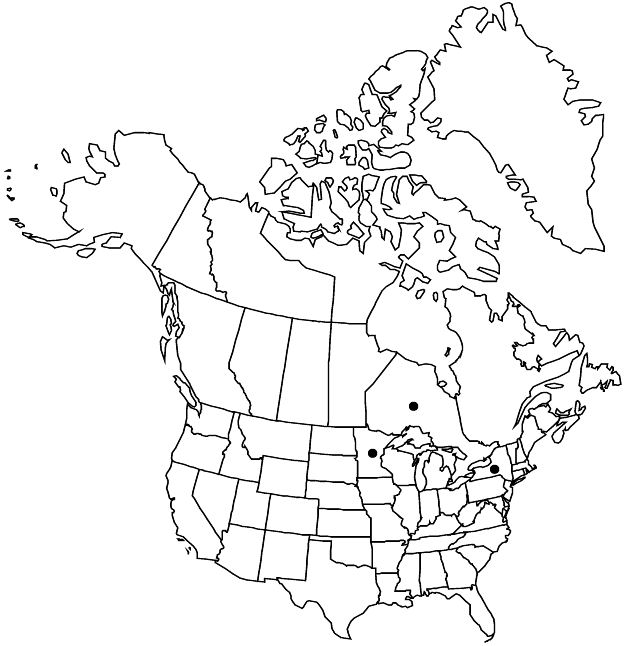Difference between revisions of "Crataegus chrysocarpa var. vigintistamina"
J. Bot. Res. Inst. Texas 1: 1008. 2007.
imported>Volume Importer |
imported>Volume Importer |
||
| Line 50: | Line 50: | ||
|publication year=2007 | |publication year=2007 | ||
|special status=Endemic | |special status=Endemic | ||
| − | |source xml=https:// | + | |source xml=https://bitbucket.org/aafc-mbb/fna-data-curation/src/2e0870ddd59836b60bcf96646a41e87ea5a5943a/coarse_grained_fna_xml/V9/V9_1028.xml |
|subfamily=Rosaceae subfam. Amygdaloideae | |subfamily=Rosaceae subfam. Amygdaloideae | ||
|tribe=Rosaceae tribe Gillenieae | |tribe=Rosaceae tribe Gillenieae | ||
Latest revision as of 22:53, 5 November 2020
Shrubs, 20–30 dm. Leaves: blade ovate to rhombic-ovate, base ± cuneate, sinuses: max LII 15–20%, lobe apex acute, veins 3–5 per side, abaxial surface glabrous or lamina sparsely hairy at anthesis, veins hairy, adaxial appressed-scabrous, glabrescent. Inflorescences: branches pubescent. Flowers 15–20 mm diam.; hypanthium hairy; stamens 20, anthers cream or ivory. Pomes red, suborbicular, 8–10 mm diam., glabrous.
Phenology: Flowering May; fruiting Sep–Oct.
Habitat: Open brush
Elevation: 100–400 m
Distribution

Ont., Minn., N.Y.
Discussion
Variety vigintistamina is similar to var. chrysocarpa except with 20 stamens; it is frequent in parts of Minnesota, where it has the intermediate indumentum mentioned under var. chrysocarpa and var. faxonii. Crataegus divergens (Peck) Sargent, a prior name, with 10 to 18 stamens according to Sargent, is known from New York; its type (C. H. Peck 70) has ten stamens, preventing the name from being used for the current taxon.
Selected References
None.